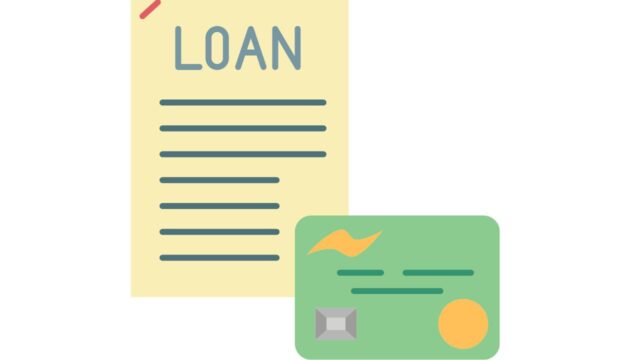
What is a Swingline Loan
A Swingline loan is a type of business loan that gives the borrower the ability to access a line of credit up to a certain amount. The borrowing limit is usually determined by the lender, and the interest rate is generally floating. This means that the interest rate will change based on market conditions.
The advantage of a Swingline loan is that it gives the borrower flexibility in how they use the funds. They can use the money for any legitimate business purpose, such as inventory, marketing, or expansion. Moreover, they only have to pay interest on the portion of the loan that they actually use. Another benefit is that repayment terms are often more flexible than other types of loans. Overall, a Swingline loan can be a helpful tool for small businesses that need access to capital.
How do you qualify for a Swingline Loan
The first step in qualifying for a Swingline Loan is to meet with a loan officer to discuss your needs and financial situation. The loan officer will then review your credit history and employment information to determine if you are eligible for the loan. If you are approved for the loan, you will be required to provide collateral, such as a home or car, to secure the loan. swingline require that borrowers have a good credit history and a stable source of income in order to qualify for the loan. If you meet these requirements, you should be able to qualify for a Swingline Loan.
What are the benefits of a Swingline Loan
A Swingline loan is a type of business loan that offers borrowers a number of benefits. First, Swingline loans offer flexible repayment terms, so businesses can choose a repayment schedule that works for them. Second, Swingline loans can be used for a variety of purposes, such as funding inventory or expansion. Third, Swingline loans offer competitive interest rates, which can save businesses money over the life of the loan. Finally, Swingline loans are backed by the full faith and credit of the United States government, so businesses can rest assured that their loan will be paid back even if they default. For these reasons, Swingline loans are an attractive financing option for many businesses.
How to apply for a Swingline Loan
Applying for a Swingline Loan is easy and can be done in just a few steps. The first step is to gather all of the required documentation. This includes your most recent pay stub, tax return, and bank statements. Next, you will need to fill out an application form. Once you have completed the form, you will need to submit it to Swingline for review. After your application has been reviewed, you will be contacted by a representative who will help you complete the process. In most cases, you will be able to receive your loan within a week. Applying for a Swingline Loan is a simple and easy process that can help you get the money you need in a timely manner.
What are the interest rates for a Swingline Loan
The interest rates for a Swingline Loan can vary depending on the specific loan and lender. However, interest rates for this type of loan are typically lower than those for other types of loans, such as credit cards or personal loans. This is because the borrower is using their home equity as collateral for the loan. As a result, lenders are typically willing to offer lower interest rates in order to attract borrowers. In addition, the interest rates for a Swingline Loan may be tax-deductible. Consult with a tax advisor to determine if this is the case for your specific loan.
How to repay your loan
Assuming you received a Swingline Loan, there are a few options available to you for repaying the loan. First, you can simply make payments on the loan until it is paid off in full. Alternatively, you can choose to pay off the loan early by making larger payments or by making a lump sum payment. Finally, if you are having difficulty making payments on the loan, you can contact your lender to discuss other options, such as deferring payments or refinancing the loan. Whichever option you choose, it is important to keep up with your payments to avoid damaging your credit score and incurring additional fees.


































